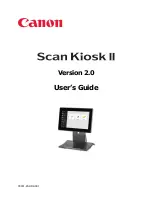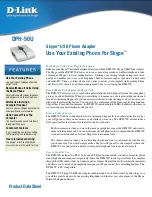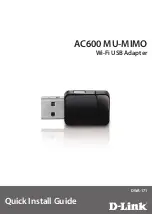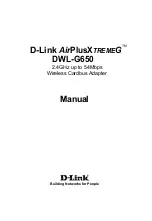
11g Wireless LAN USB 2.0 Client Adapter
Version 1.0
25
between the client and the authentication server. The tunnel then protects
the subsequent user authentication exchange.
h
Username
: Enter the user name.
h
Use Client Certificate
: Place a check in this box if you would like to use a
client certificate and then click on the
Select
button.
h
Server Name
: Enter the name of the server.
h
Allow Intermediate CA:
During tunnel creation the Client must verify the
Server’s certificate. When checking this certificate the signature
is verified against a list of trusted certificate authorities. If this parameter is
true then the Client will also accept a signature from a trusted intermediate
certificate authority, otherwise we will not.
h
Allow Subdomains
: During tunnel creation the Client must verify the
Server’s certificate.
T
his parameter indicates whether the Server’s name
must match the
Server Name
parameter exactly or if only the sub domain
must match.
h
Tunneled Authentication / Username
: Enter the user name.
h
Tunneled Authentication / Password
: Enter the password.
h
Authentication
: Select an authentication method from the drop-down list.
h
Enable WPA:
Place a check in this box if you would like to enable the WPA
function.
WPA
(Wi-Fi Protected Access) was designed to improve upon the
security features of WEP (Wired Equivalent Privacy). The technology is
designed to work with existing Wi-Fi products that have been enabled with
WEP. WPA provides improved data encryption through the Temporal
Integrity Protocol (TKIP), which scrambles the keys using a hashing
algorithm and by adding an integrity-checking feature which makes sure that
keys haven’t been tampered with.
h
Authentication Mode
: select an authentication mode from the drop-down
list. Options available are
Open
,
Shared
, or
AutoSwitch
. Select
AutoSwitch
if you would like the device to automatically switch between
Open and Shared authentication mode.
h
Click
on
the
Apply
button to save the changes.









































